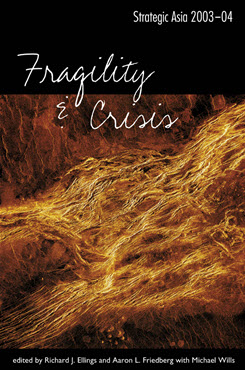South Korea
Anchored or Adrift?
This chapter assesses the domestic variables that shape South Korean strategic choice. Although there are factors that point in the direction of such changes, both near-term and longer-term variables work against this trend over the next one to five years. This finding for continuity runs contrary to popular views on Korea, and is undeniably a close call. But with proper attention and management, the United States can shape a positive direction through this undeniable transition period in American relations with Korea.
The past year has seen events in South Korea that present a puzzling, if not incomprehensible picture. At a time of heightened nuclear threats from the Democratic People’s Republic of Korea (DPRK), tens of thousands of South Koreans staged demonstrations in Seoul critical of their U.S. ally. Is there fundamental change afoot on the Korean Peninsula in which North Korea is seen as unthreatening, the United States as an impediment to inter-Korean reconciliation, and China as the new patron? This chapter assesses the domestic variables that shape South Korean strategic choice. Although there are factors that point in the direction of such changes, both near-term and longer-term variables work against this trend over the next one to five years. This finding for continuity runs contrary to popular views on Korea, and is undeniably a close call. But with proper attention and management, the United States can shape a positive direction through this undeniable transition period in American relations with Korea.
Strategic Asia
The Strategic Asia annual edited volume incorporates assessments of economic, political, and military trends and focuses on the strategies that drive policy in the region. Learn more about Strategic Asia.


